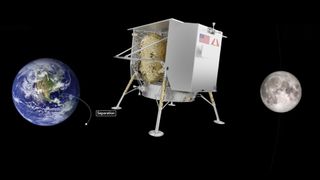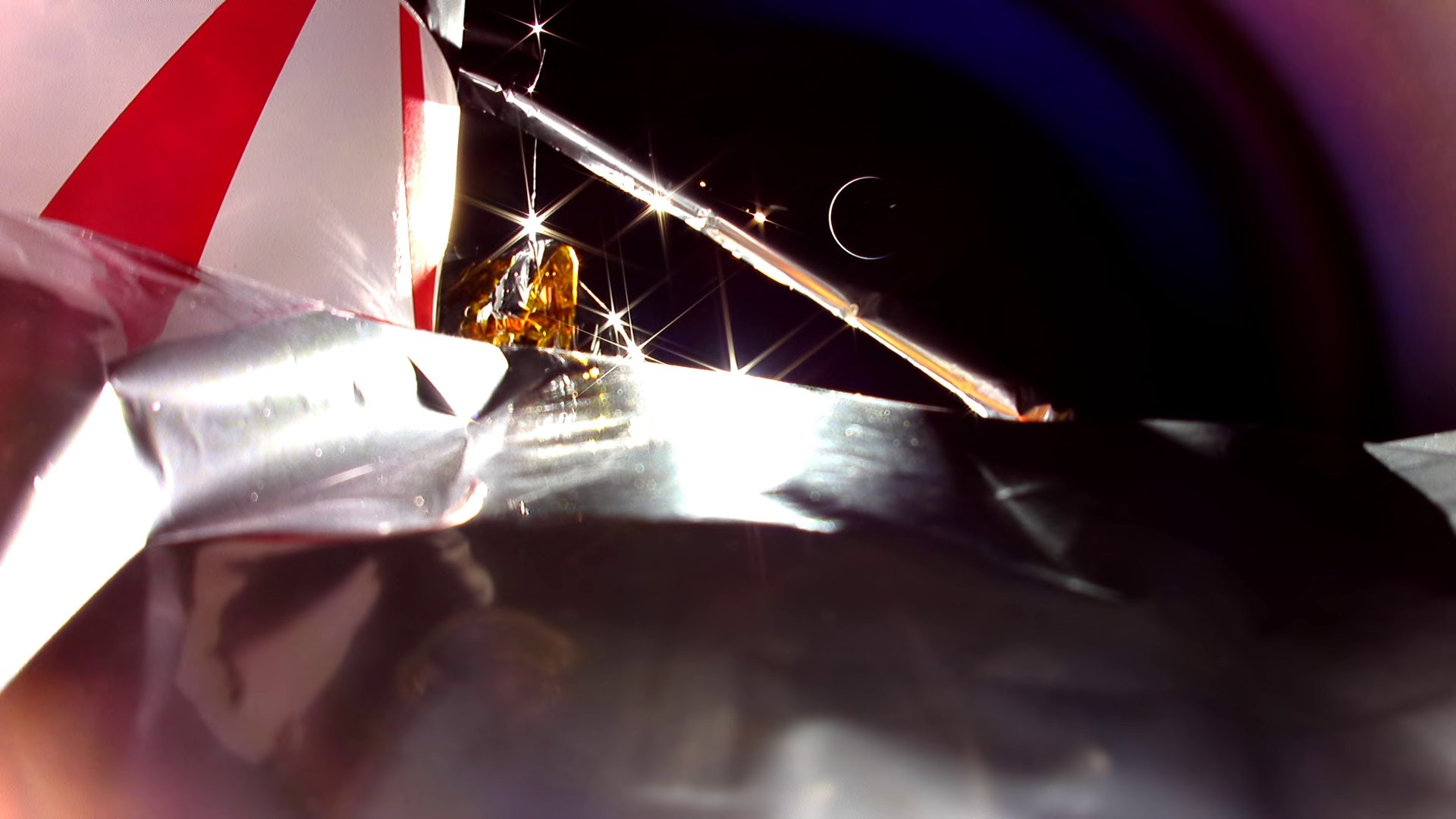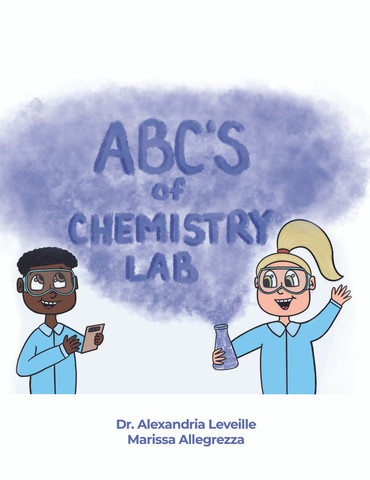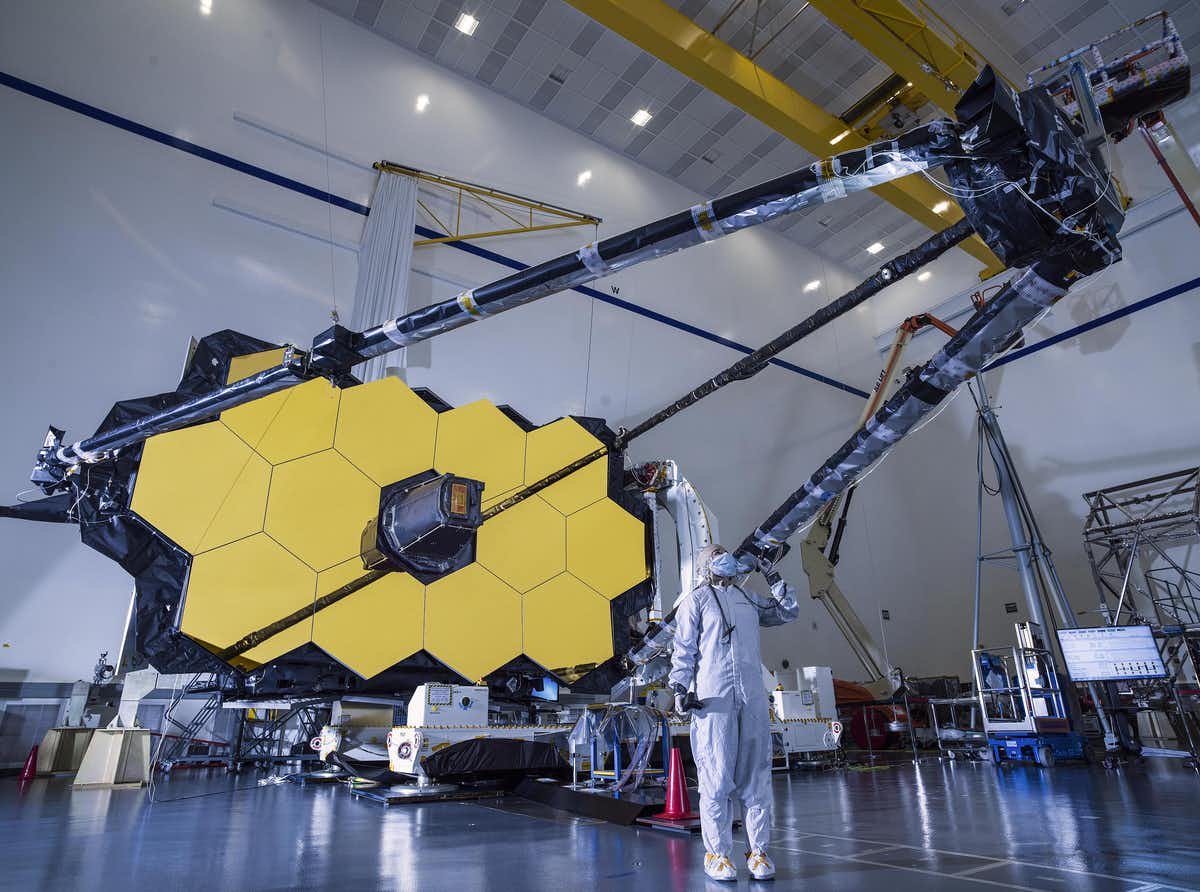
(Image credit: ULA)
Astrobotic remains upbeat about its Peregrine lunar lander, despite the failure of the probe’s debut mission.
Peregine launched Jan. 8 on the first flight of United Launch Alliance’s (ULA) new Vulcan Centaur rocket. While the launch went smoothly, Peregrine suffered a propulsion anomaly just hours into its mission that created a significant propellant leak. It soon became clear that Peregrine would not reach the moon and would fall back to Earth, and the lander eventually reentered the atmosphere and broke up over the Pacific Ocean on Thursday (Jan. 18). Astrobotic kept the public informed throughout the mission, posting updates multiple times a day about how the hobbled Peregrine lander was faring.
Despite the mission’s premature conclusion, Astrobotic CEO John Thornton is proud of how Peregrine performed. “I know it’s very easy to focus on the failure and the one thing that failed on the spacecraft, and we’re all gonna have dreams about that for a long time to come,” Thornton said during a media teleconference on Friday (Jan. 19).
“But there’s a lot that worked,” Thornton continued. “And that is something I’m very proud of. That Astrobotic designed and built hardware like avionics and software and systems architectures and other parts of the spacecraft — they all worked.”
Related: Astrobotic loses contact with hobbled Peregrine moon lander
Thornton elaborated on the anomaly that doomed Peregrine, describing how a valve separating the helium and oxidizer in the lander’s propulsion system did not re-seal properly. This problem allowed a rush of helium to enter the oxidizer tank, raising the pressure to the point where the tank ruptured.
When the Astrobotic team realized what had happened, emotions immediately sank at mission control, Thornton said. Still, the anomaly led Astrobotic’s flight engineers to some incredible moments of ingenuity as they improvised maneuvers to orient the spacecraft’s solar panels toward the sun and even manage to take a picture of Earth.
Thornton described how, in order to take the picture, Astrobotic mission controllers had to turn the spacecraft so that a strut blocked the sun in the camera’s lens, comparing it to using one finger to block the sun out of one’s field of vision.
“That was a big emotional moment,” Thornton said. “Because I think that represented the best of Astrobotic.”

Thornton added that mission controllers were also able to use the doomed lander’s propellant leak to help them set the craft on a safe reentry over the Pacific. “And the final maneuver was very clever, because they had characterized the leak at that point and figured out that, if we could turn the spacecraft, we could actually use the leak to our advantage as essentially a continuous small propulsive maneuver that could push us further out into the ocean.”
The decision to place Peregrine on a trajectory to reenter over the ocean was not made lightly. Thornton said the company weighed the benefits of trying to stay the lander’s course, but ultimately it proved too risky and had the potential to create dangerous space debris.
“Theoretically, we could have maybe made it around the Earth and potentially could have come back out to the moon. At that point, it would have been anybody’s guess of what could have happened next,” Thornton said during the teleconference. “Maybe we could get an impact. Maybe we would have missed the moon. Maybe we could have maybe had enough fuel to get into lunar orbit.
“It’s really the hypothetical world. At that point, we just don’t really know what would have happened next.”
A few of our last shots of @astrobotic’s Peregrine lander, firing its thrusters on its way to re-entry. Recorded today, from our station in Australia, between 17:32 and 18:32 UTC pic.twitter.com/INsHCzKpeeJanuary 18, 2024
See more
Some of Peregrine’s payloads also performed admirably despite not reaching their final destination. A radiation detector built by the German Aerospace Center (DLR) was able to collect 92 hours of data related to the radiation environment in cislunar space, and two NASA-built instruments, the Neutron Spectrometer System (NSS) and Linear Energy Transfer Spectrometer (LETS), were likewise able to take measurements of this radiation during Peregrine’s flight.
But many of the payloads were unable to carry out their intended uses at all, such as the multiple lunar rovers onboard or the controversial memorial payloads containing human remains. Dan Hendrickson, Astrobotic’s vice president of business development, thanked the payload teams for their support during the mission, underscoring that customers “knew all of the challenges and risks of the lunar mission and how difficult it really is” to put a spacecraft on the moon.
“When they came to the table, they implicitly understood that, but we didn’t take any chances. And we outlined and explained all of those challenges and risks as they existed,” Hendrickson said. “And to their credit, they still signed up.”
Peregrine was the first mission contracted by NASA’s Commercial Lunar Payload Services program (CLPS), which aims to accelerate lunar science by partnering with private companies such as Astrobotic to put scientific experiments on the moon.
Joel Kearns, deputy associate administrator for exploration in NASA’s Science Mission Directorate, added that “failure is often part of the road to success” and that the agency is still committed to CLPS despite Peregrine’s fate. “We are embracing a risk posture [in which] new companies will innovate, push the envelope, and we will all learn and grow from each flight,” Kearns said during today’s briefing.
The next mission contracted under CLPS will launch soon: The Nova-C lander built by the Houston company Intuitive Machines is scheduled to launch toward the moon atop a SpaceX Falcon 9 rocket in mid-February.
Join our Space Forums to keep talking space on the latest missions, night sky and more! And if you have a news tip, correction or comment, let us know at: community@space.com.
Note: This article have been indexed to our site. We do not claim legitimacy, ownership or copyright of any of the content above. To see the article at original source Click Here












